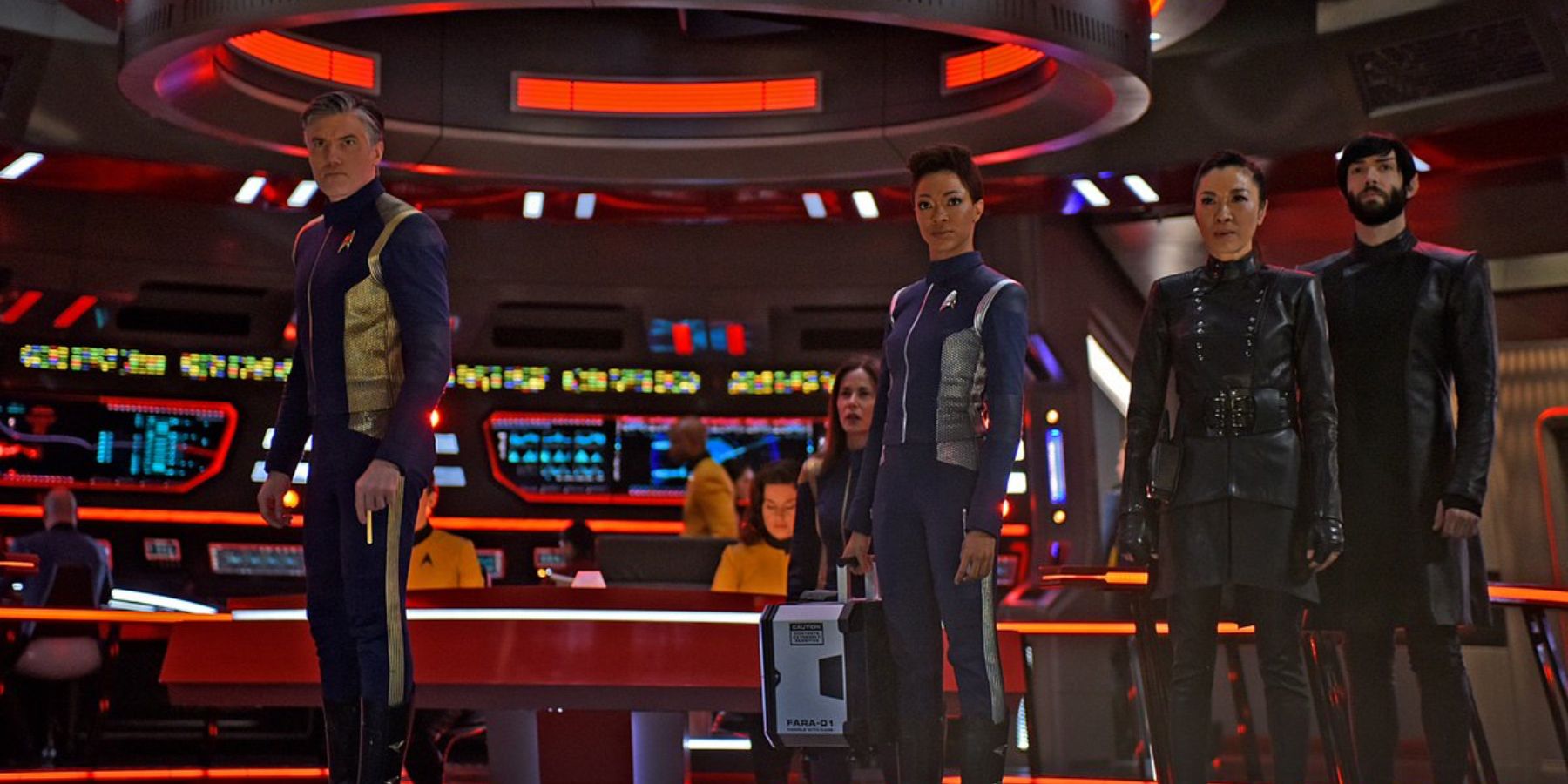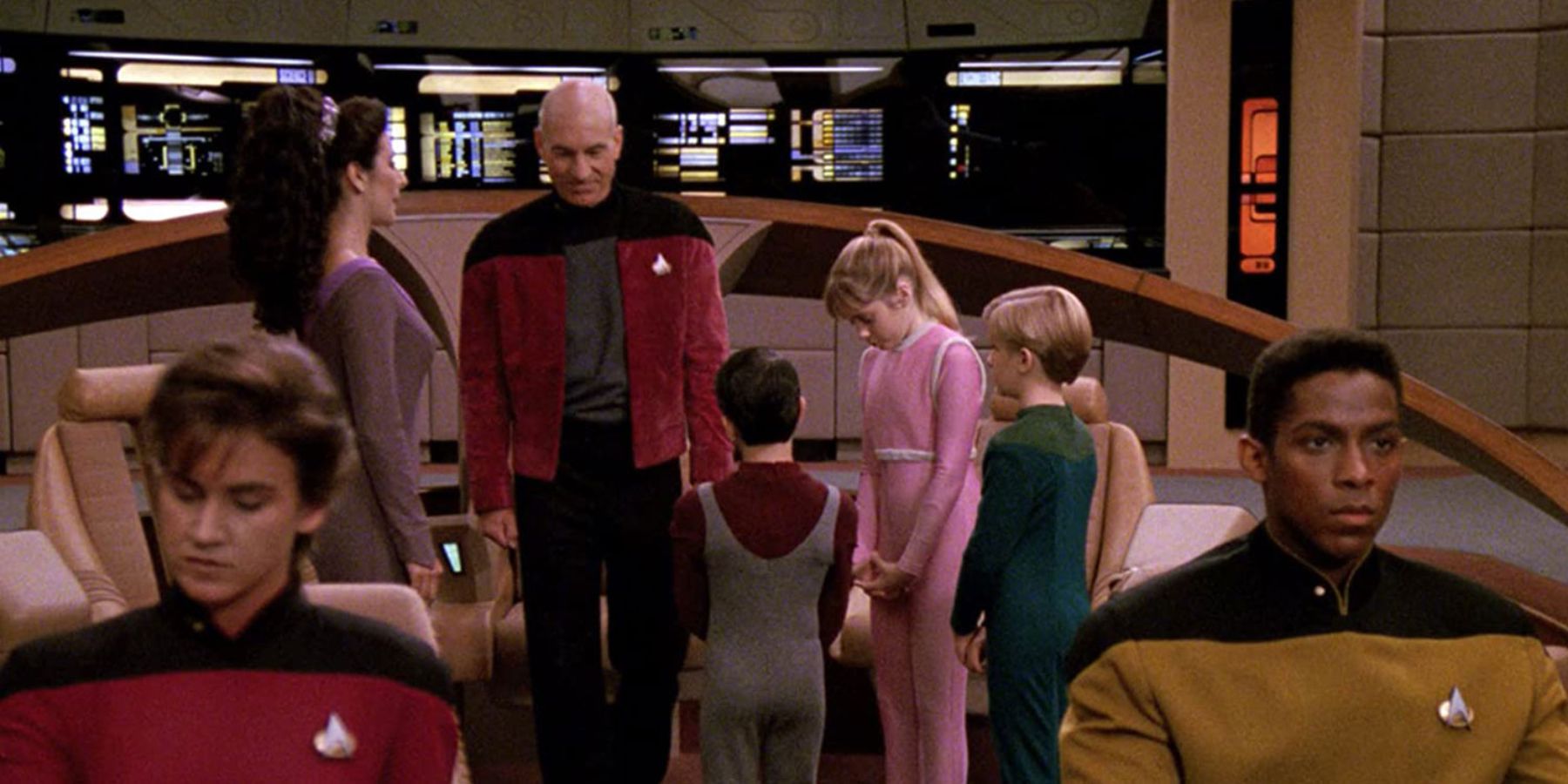Nobody could have anticipated the impact Star Trek would have in the years following its release in the 1960s, let alone the show's creator Gene Roddenberry, who was faced with poor feedback and cancellation of the Original Series. This, thankfully, didn't last and the TV shows and movies became a staple of the space faring science fiction genre.
Some fans complain about how the new iterations into the franchise lean towards heavy action sequences over political or philosophical quandaries (something Roddenberry is likely to have disapproved of). However, was always action in the early shows, normally accompanied by the iconic call to action “Red alert!” While it’s fairly clear what this means for Starfleet personnel, what happens to the non-essential crew aboard?
Historically, or at least in real life on a contemporary vessel, each and every member of crew has a designated station in addition to their regular duty station. This means that during a red alert (or whatever phrase the crew uses to indicate emergency), everyone has a specific place to be in order to help make sure the ship is able to function at peak efficiency. Even those aboard who were specifically non-combative, like the catering staff or cleaning crew, would have their own action station, often being part of the first aid teams, damage control, or fighting fires. While it would not be specifically in their job description to do this normally, they were trained in various relief roles so that they would be of use in an emergency situation.
This, of course, is a very specific example that applies not only to modern day navy ships, but also to ships that are very unlikely to carry anyone other than navy officers. The Federation spaceships found in Star Trek are different however, especially the iconic USS Enterprise NCC-1701 from The Original Series and the USS Enterprise NCC-1701-D, its upgraded version from TNG. These, as well as many other Starfleet ships, were primarily non-military exploration vessels. This is why it’s hard to compare them to modern day navy ships, as these are all primarily military. Due to their differing objectives, many of the crew are scientists rather than combative, as well as being largely civilian. This was very much the case in the Enterprise D, which housed many families and children in conjunction with Starfleet personnel.
So what do they all do when the dreaded red alert goes off? Those who have action stations would quickly get to them, this being Starfleet officers, medics, as well as the few scientists and civilians who have had appropriate training to assist in these situations. The others would all be directed to designated areas to keep them safe. This is never discussed officially in the shows, but they either go to shelters aboard the ship with extra shielding, more rigid structure, and proximity to the escape pods, or told to return to/remain in their quarters (which would likely have more protection). There is some conjecture about where exactly these shelters might be, and while nothing is specified in canon, a lot of fans think that on the Enterprise D this is either Ten Forward (home to the non Ito Aghayere version of Guinan), or the holodeck.
The other difference between a Federation ship and a modern military vessel is that many of the systems aboard these futuristic spaceships are semi-automated, meaning there would be even more crew members left without a specific task. These unneeded crew members would assist with ensuring the safety of civilians, act as damage control across the ship, or man normally automated stations in case they fail — which they often do, even in the distant future. Some think that they might even just sit in turbolifts waiting to be called to whatever station they are needed for quickly, be it fighting Gorn or manning the transporters, as there are far too many official crew members for the limited number of stations, but this seems like an inefficient use of manpower.
Regarding the ship itself, the start of a red alert causes several functions to automatically deploy. There are automatic diagnostics being run every five minutes on the ships primarily systems, sending notifications to the bridge. The warp core, if offline, activates and is maintained at around 75% power, ready to warp off and escape in an instant. The ship's computer also readies shuttles to depart, and automatically transport or usher non-essential crew members to them to escape. Not only does go into red alert trigger various subsystems to help and protect the non-essential crew, but they probably get a lot of practice at it over the years aboard a Starfleet ship. For a supposed non-military exploration focused vessel, they do sure do set the red alarm bells going a lot.






